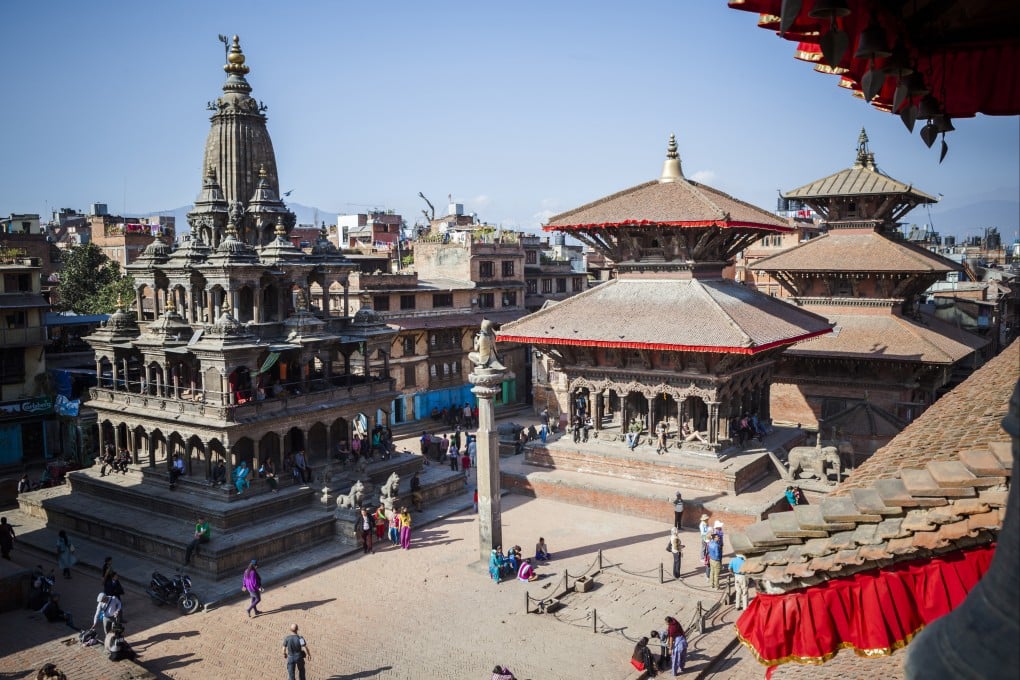Insiders’ guide to Kathmandu, 3 city states that became the Nepalese capital
Locals share their inside knowledge of what to see, eat, drink and buy in the Nepalese capital city

But the intricate architecture and vibrant cultures of these ancient Newar settlements remain ripe for discovery, alongside influences from elsewhere in Nepal. To help a visitor discover this multifaceted city, we asked three insiders for their recommendations – Prashanta Khanal, a journalist and author of Nepali cookbook Timmur (2022); arts and culture professional Yukta Bajracharya; and Camille Hanesse, a French long-term resident and a co-founder of boutique accommodation agency Cosy Nepal.
Stupas and squares

“The neighbourhood of Kirtipur is underrated and quiet,” says Khanal. “You can walk through all the old Newar settlements, the beautiful temples and stupas, traditional ponds and, on the top of the Kirtipur hill, are the Bagh Bhairav and Uma Maheshwor temples. From there, the views of Kathmandu and the Himalayas are splendid.”
Hanesse recommends exploring her local area of Patan. “Particularly, Kumbheshwar Temple on Thursday and Saturday mornings [special days of worship for Shiva, the main deity of the temple],” she says. “I never get tired of the magic that comes out of that place.”
Indeed, all three insiders encourage getting lost in the lanes of Patan and ending up in Durbar Square, home to the palace and temples of the town’s royal family, with most of the architecture dating back to at least the 17th century. (Note: Patan, Kathmandu and Bhaktapur all have their own Durbar Square.)

“The Patan Museum [housed in the former palace], especially the Sundari Chowk, with the royal bathtub, is lovely,” says Bajracharya, who was born in the area.